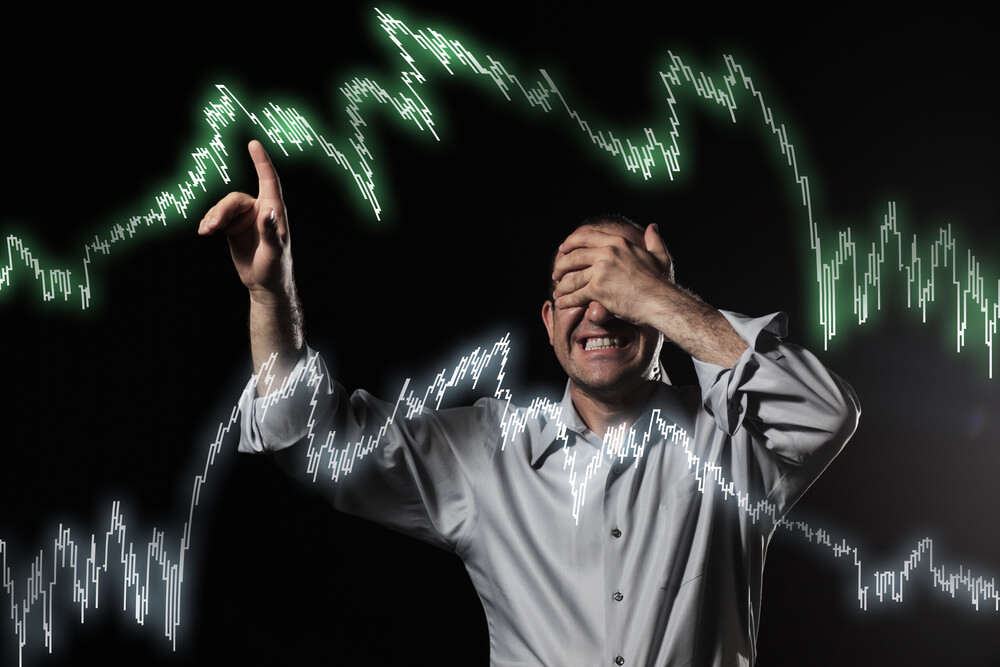I’ve been writing a lot about Warren Buffett these days. Perhaps I’m looking for a little sanity in a world that seems to have gone insane. The Oracle puts things in perspective.
And that’s important as the stock market insanity continues.
Last week, Elon Musk passed Buffett on the list of the world’s richest people. Musk’s company — leading electric carmaker Tesla (Nasdaq: TSLA) — is up almost 300% this year. That catapulted Musk past Buffett to become the world’s seventh-richest person.
I like Musk. Fun fact: Robert Downey Jr. modeled his Iron Man/Tony Stark character on him. I can imagine Musk building his own weaponized robot suit to fight the forces of evil.
But he shouldn’t be the world’s seventh-richest man. And Tesla shouldn’t be worth $290 billion. That’s more than six times as large as Honda Motor Co. Ltd. (NYSE: HMC), and more than eight times as large as General Motors Co. (NYSE: GM).
I get it. Tesla isn’t an old-economy car company. It’s a new-economy tech company that happens to make cars. Or at least that’s the justification investors are using today.
But this story goes far beyond Tesla and its would-be superhero CEO. Tesla exemplifies stock market insanity because it’s never turned a consistent profit in its 10 years as a public company. And there are signs everywhere that the U.S. stock market — led by tech stocks — is in a bubble.
I’m not calling the top just yet. If the recent surge of coronavirus cases and the threat of a new round of quarantines haven’t killed the bull market, I don’t know what will. But I think it’s important to have a game plan for when all of this ends. So, let’s go through a quick checklist to navigate the stock market insanity.
Your Checklist to Survive Stock Market Insanity
Step 1: Check Your Allocation
Unless you’re fresh out of college and just starting your career, you shouldn’t have all of your money in stocks. There’s nothing wrong with using a buy-and-hold strategy. But even if you are, there’s room for regular rebalancing. Most in or near retirement shouldn’t have more than 60% in stocks. And I think you could make a case for having a lot less than that today given stock valuations.
So, check your allocation. If you’re a little too heavy in stocks, consider selling down your portfolio to a level that makes sense for your situation.
Step 2: Value is Dead… at Least for Now
I’m a value investor at heart — so it pains me to say this.
Value investing is dead for now.
Value investing has trailed growth investing for over a decade. And the coronavirus has made this trend worse. Tech growth stocks tend to be the most “virus-proof.” On the other hand, forced closures have clobbered many value stocks.
This will turn…
At some point during this stock market insanity, investors will realize that value shares are too cheap to ignore, and tech stocks are priced for unrealistic growth. But I don’t see any catalyst in the immediate future.
So, at least for the time being, don’t try to be a hero and call the bottom in value.
Step 3: Don’t Be Afraid of Momentum
Economist John Maynard Keynes famously said:
“Markets can stay irrational longer than you can stay solvent.”
We have no idea how much higher this bubble will go before it bursts. Former Federal Reserve Chair Alan Greenspan talked about “irrational exuberance” in 1996, and the market went on to rally for almost four more years.
It‘s irrational. But it’s also perfectly fine to ride it higher so long as you have rules in place for selling.
That’s the key. Have selling rules in place and follow them. If you set a 10% stop-loss (or whatever you use to manage risk), you have to honor it, or it’s useless.
Money & Markets Chief Investment Strategist Adam O’Dell has spent eight years perfecting a rules-based investing strategy for his Cycle 9 Alert subscribers. Learn more about it here.
• Money & Markets contributor Charles Sizemore specializes in income and retirement topics, and is a frequent guest on CNBC, Bloomberg and Fox Business.
Follow Charles on Twitter @CharlesSizemore.
